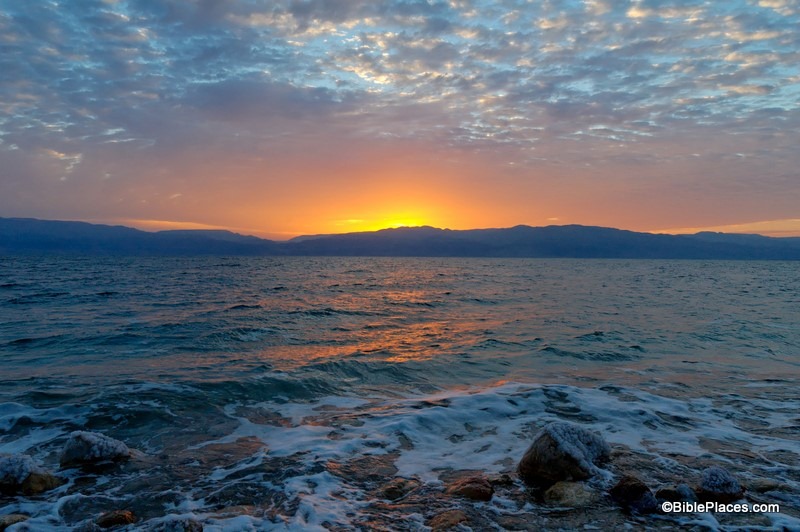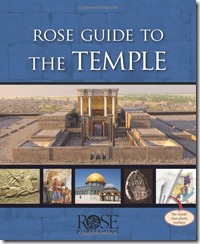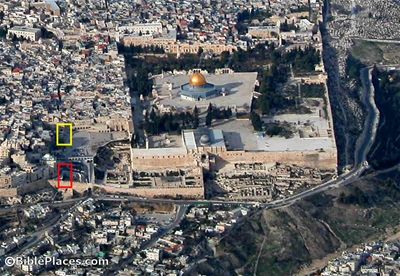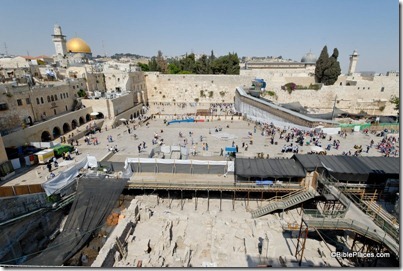For the year now concluding, this blog had 366 posts. According to Blogger statistics, our readers come from many countries, the top 5 countries of which are:
#1: United States
#2: United Kingdom
#3: Israel
#4: Canada
#5: Germany
Yesterday we listed the top stories related to discoveries and technology. Today we conclude with three additional categories. Yesterday’s disclaimers apply here as well.
Significant Stories in 2011:
Threats to Cairo Museum (and here)
Germany Agrees to Give Sphinx of Hattusa to Turkey (and here)
Early Christian Lead Books (and here)
Zahi Hawass Resigned, Returned, Was Sentenced to Jail and Was Fired
Seven Years of Drought in Israel (and here)
The Latest Scam: Nails from Jesus’ Cross (and here and here)
Turkey Cancels Excavations of Foreign Countries (and here)
Mughrabi Bridge Ordered Closed
Eilat Mazar Denied Opportunity To Finish Palace of David Dig
Gospel Trail Inaugurated in Galilee and Jesus Trail vs. Gospel Trail
Noteworthy Posts:
Ancient Slinging Techniques, by Seth Rodriquez
Titus Tobler – A Neglected Pioneer, by Chris McKinny
Beth Haccherem – A Site Identification: Primer, by Chris McKinny
Hieroglyphic Luwian and King Taita, by A.D. Riddle
The Myth of the Burning Garbage Dump of Gehenna (and here)
James Ossuary Inscription: Experts Support Authenticity
Maximalists vs. Minimalists: A Good Survey
The Identification of Eshtaol: A Brief Case-Study in Recent Research
“Noah’s Ark”: Analysis of C14 Results
New Evidence for Israel in 1400 BC (and here)
Favorite Resources in 2011:
Daughter of Lachish, by Tim Frank
American Colony Photos for Accordance
Chart: The Kingdom(s) of Israel, by Chris McKinny
Excavating the City of David, by Ronny Reich
Seven Churches of Revelation, by Leen Ritmeyer (photo CD)
Free: Ashkelon Excavation Reports
Archaeology in the Israel Museum
Ancient Israel: Highlights from the Collections of the Oriental Institute University of Chicago, by
Gabriel Novacek
Unearthing Jerusalem, edited by Katharina Galor and Gideon Avni
As 2012 begins, we wish our readers all the best in the coming year.





